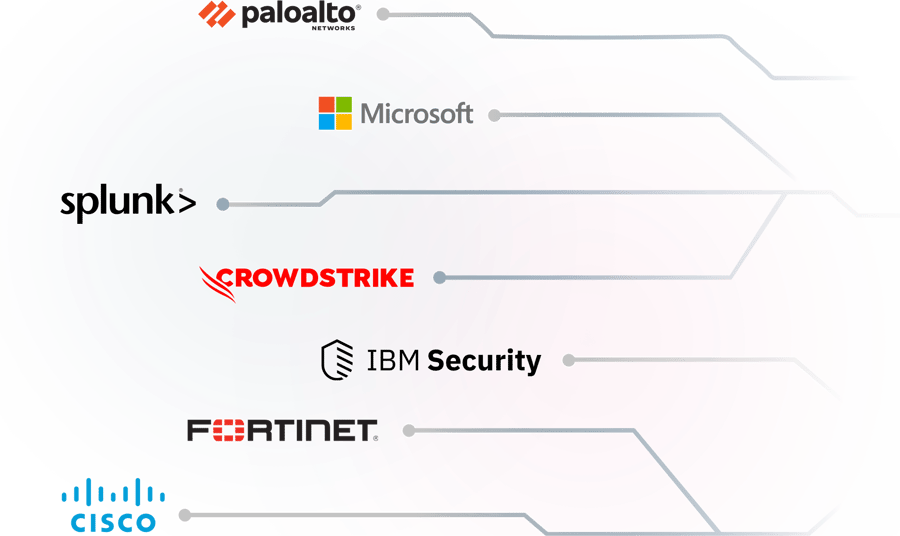Resources
Discover Our Latest News and Content
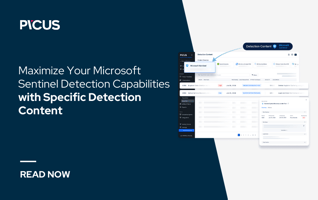
Article
Maximize Your Microsoft Sentinel Detection Capabilities with Specific Detection Content
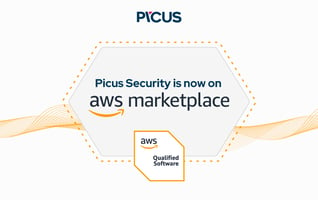
Article
Unveiling a New Chapter: Our Product Now Available on AWS Marketplace
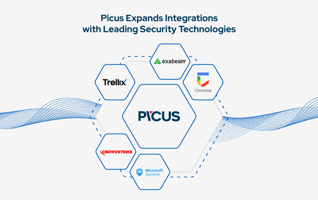
Article
Strengthening Cybersecurity Together: Picus Expands Integration with Leading Security Technologies

Article
Tune Your SIEM Faster by Automating Detection Engineering

Article
SIEM Optimization: How to Overcome 3 Common Challenges
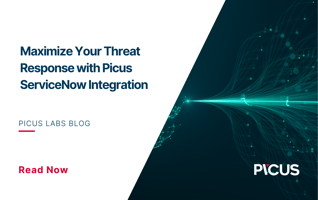
Article
Maximize Your Threat Response with Picus ServiceNow Integration


